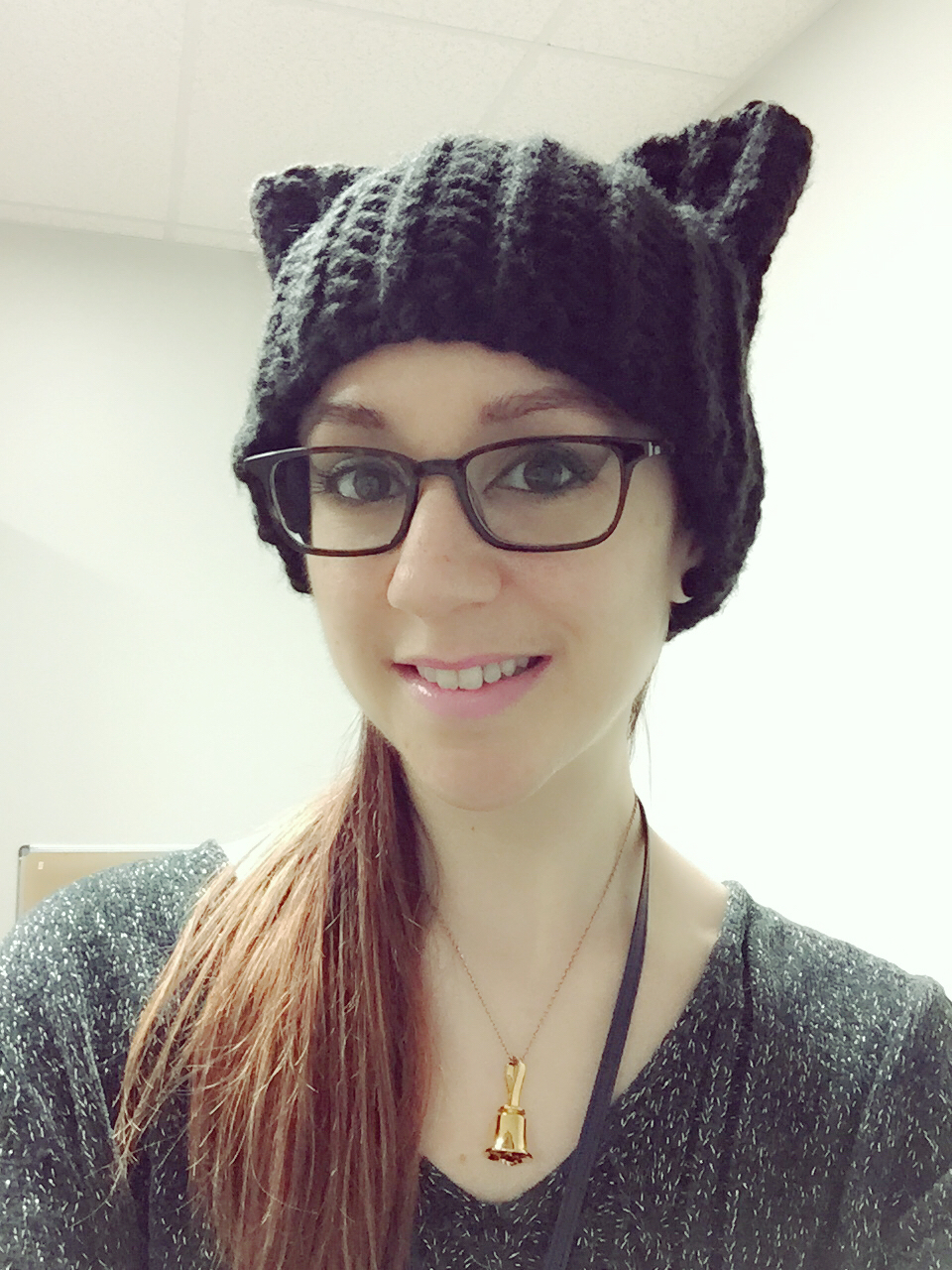About a week ago I posted “everything you need to know about crochet hooks” and now it’s the turn of the knitting needles! This info can always be found in the menu bar of my site, but I thought it worth revisiting!
brands
My favorite brand is KnitPicks, because their needles have pretty sharp points, they’re strong, and they are warm in the hands (at least, the birch ones are!).
sizes
From wire-thin to tree-branch huge, what you need will be on the back of the yarn you want to use, or in the pattern you’re using. Check out this handy chart to see the two kinds of sizing (metric and U.S.) and how they match up!
types
Circular or straight needles is a choice that is sometimes made for you if the pattern calls for circular, but you can still make non-circular items with circular needles, and some people swear by doing so! There are many lengths of circular needles, so getting a collection can be expensive (check out the interchangeable sets mentioned next for a solution!). You can use what knitters call the “magic loop method” to knit smaller tubular items, but I find the loopy “wings” cumbersome.
Interchangeable needles are my favorite because you can buy one set and basically have your sizes and lengths covered, and you can use them as circular or straight needles. Much more cost efficient than trying to collect all the other kinds of needles because they do pretty much everything. The only downside I can spot is that sometimes I just want to knit with straight needles, so I do have a set of those too.
Double pointed needles (or DPNs) are necessary many times when you are making a small tubular object that even the shortest of circular needles are too long for (unless using the “magic loop method” mentioned above), like socks or mittens. Some people say it’s like fighting a giant stiff-legged spider to use these, but I enjoy them for the most part.
lengths
When using straight needles, you’ve got options from short to long. If I’m making a skinny scarf, I don’t want 10 extra inches of needle flailing around, poking my dog or my boyfriend beside me, so I’d choose shorter needles. If I’m casting on for a sweater or large item, longer needles might be required.
materials
This is a personal preference, but there are some points to consider. Some silkier yarns slide too much on aluminum needles, and some wool yarns are hard to slide on wooden/bamboo needles. Plastic needles can be a bit bendy, which can affect your gauge by making your stitches slightly looser, so be careful and choose your needle material wisely with the yarn material in mind!
extras
Stitch holders, as seen above in orange, come in a variety of sizes and will securely hold live stitches if you need to use your needles for something else, like another portion of your project or a whole other project all together. Scrap yarn can serve this purpose just as well if you don’t want to purchase the holders.
Cable needles are short double ended needles (as seen above) that often have a dip or groove in the middle and are used to hold live stitches when cabling and are particularly useful if your cables have more than 4 stitches. I definitely recommend these for cabling beginners!
Coil wraps, as pictured, are little springy coils that help keep your straight or double pointed needles together. Just wrap the coil around your pair of needles and they’ll never get separated again.
Point protectors (not pictured) are useful if you travel with your knitting a lot, but I personally don’t have any. If I did I might avoid stabbing myself in the hand when I reach in my purse…
Circular knitting needle accessories (not pictured) such as keys, various cable lengths, cable connecters, end caps, and ID tags are useful if you’ve got a variety of projects going on at once. I got all of these things from KnitPicks, myself.


I like point protectors – they guarantee my socks don’t slide of the DPNs when I stuff them in my purse. 🙂
LikeLike